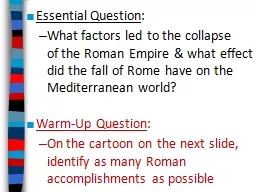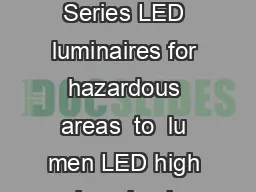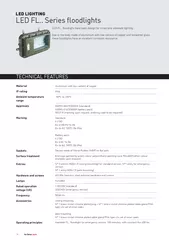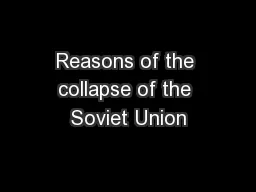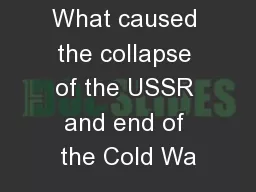PPT-Essential Question : What factors led to the collapse
Author : gutsynumero | Published Date : 2020-08-07
of the Roman Empire amp what effect did the fall of Rome have on the Mediterranean world WarmUp Question On the cartoon on the next slide identify as many Roman
Presentation Embed Code
Download Presentation
Download Presentation The PPT/PDF document "Essential Question : What factors led to..." is the property of its rightful owner. Permission is granted to download and print the materials on this website for personal, non-commercial use only, and to display it on your personal computer provided you do not modify the materials and that you retain all copyright notices contained in the materials. By downloading content from our website, you accept the terms of this agreement.
Essential Question : What factors led to the collapse: Transcript
Download Rules Of Document
"Essential Question : What factors led to the collapse"The content belongs to its owner. You may download and print it for personal use, without modification, and keep all copyright notices. By downloading, you agree to these terms.
Related Documents

